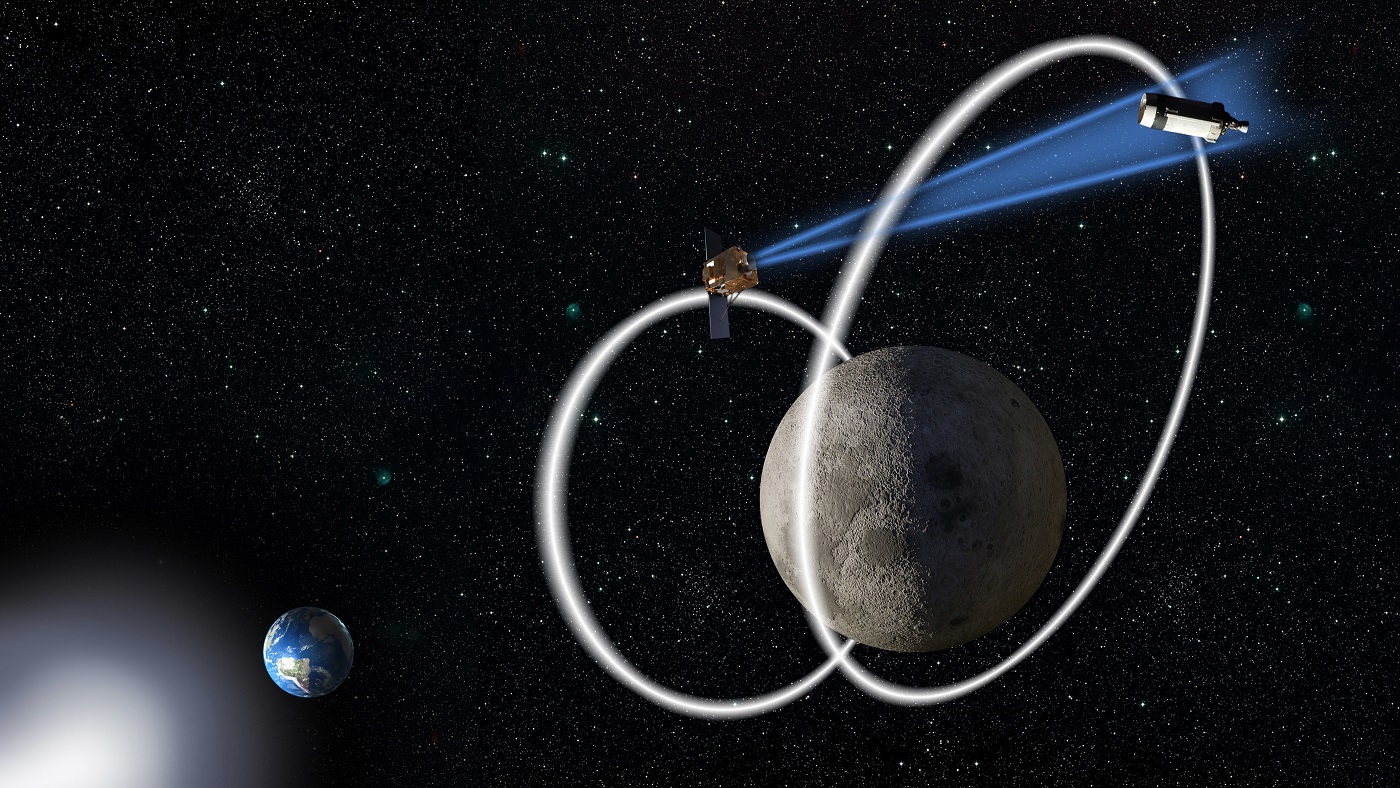Lockheed Martin, Corp., Littleton, Colorado, was awarded a $33,743,301 cost-plus-fixed-fee contract for Joint Emergent Technology Supplying On-orbit Nuclear Power (JETSON) high power mission application program. This contract provides for the JETSON effort to mature the technical design of the JETSON spacecraft systems and subsystems to a preliminary design review level of maturity and to fully develop the overall program development and test program planning through critical design review. Work will be performed in Denver, Colorado; and Stennis Space Center, Hancock County, Mississippi, and is expected to be completed by Dec. 29, 2025. This contract was a competitive acquisition and three offers were received. Fiscal 2022 research, development, test and evaluation funds in the amount of $33,743,301 are being obligated at time of award. The U.S. Air Force Research Laboratory, Kirtland Air Force Base, New Mexico, is the contracting activity.
The U.S. Air Force Research Laboratory (AFRL) has awarded contracts to Lockheed Martin for its two-track program to mature technologies needed to develop spacecraft that use nuclear fission, rather than solar panels, to provide electrical power to their subsystems such as on-board sensors, communications payloads and computers. The contracts are for work on AFRL’s Joint Emergent Technology Supplying On-orbit Nuclear Power (JETSON) effort, managed by the Space Vehicles Directorate at Kirtland AFB, New Mexico. JETSON was kicked off in late 2022, and formally launched in January with a duo of solicitations to industry, one for “high power mission application” and the other for “low power mission application” of the technology. The American Nuclear Society during a virtual panel Sept. 9 that the effort is looking to future Space Force missions beyond geosynchronous Earth orbit (GEO), at approximately 36,000 kilometers, the outermost orbit now routinely used by military satellites.
Pentagon space research organizations have been working on a number of projects to support Space Force operations in cislunar space. JETSON, like DARPA, is looking at fission reactors under the “high power” track, but not for propulsion systems. Instead, the idea is to mimic terrestrial nuclear reactors that split atoms to generate on-board electricity for spacecraft operating systems. The “low power” track is looking at using different isotopes than NASA uses for its low-watt radioisotope power systems that have equipped spacecraft, such as the interstellar Voyager probes. Obviously, a key goal of the program is to reduce the weight of terrestrial reactors, since every kilo adds to the price of space launch. The high-power track to “mature the technical design of the JETSON spacecraft systems and subsystems to a preliminary design review level of maturity and to fully develop the overall program development and test program planning through critical design review.”
The U.S. Air Force Research Laboratory (AFRL) is a scientific research and development detachment of the United States Air Force Materiel Command dedicated to leading the discovery, development, and integration of direct-energy based aerospace warfighting technologies, planning and executing the Air Force science and technology program, and providing warfighting capabilities to United States air, space, and cyberspace forces. It controls the entire Air Force science and technology research budget which was $2.4 billion in 2006. The Laboratory was formed at Wright-Patterson Air Force Base near Dayton, Ohio, on 31 October 1997 as a consolidation of four Air Force laboratory facilities (Wright, Phillips, Rome, and Armstrong) and the Air Force Office of Scientific Research under a unified command. With a workforce of more than 11,500 across nine technology areas and 40 operations across the globe, AFRL provides a diverse portfolio of science and technology ranging from fundamental to advanced research and technology development.
















